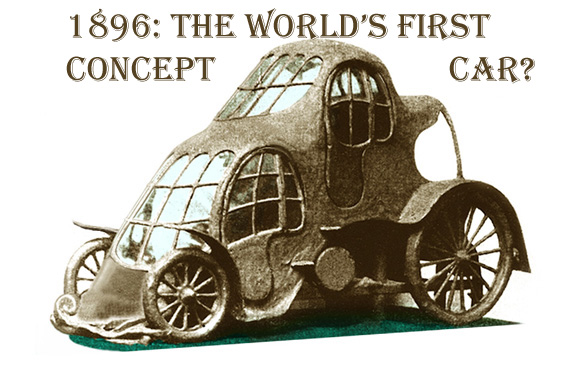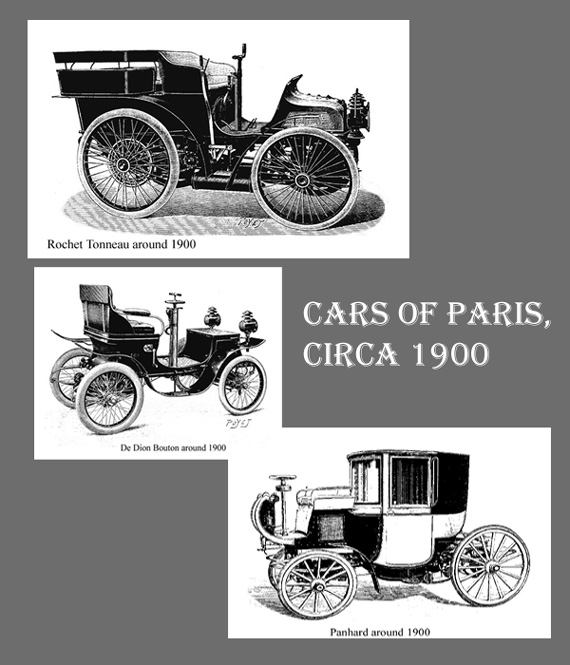Following our recent article on today’s concept cars and designers, Gijsbert-Paul Berk begins a new series of historical articles that will convey the history of dream and show cars and examine which concept cars or design studies influenced the shapes of our automobiles. Below, three interesting and legendary fashions that helped set styling trends.
Breaking Away
Concept cars, dream cars, or show cars by any name are not by any means new. Historically, dream cars are outrageous, crowd-pleasers and often trend-setters. The story of the dream car begins in 1896 as the French made a concentrated effort to make the new motor car look less like ‘horseless carriages’. In general, the design and construction of automobile bodies was the work of coachbuilders, who only a few years before, had built the horse-drawn carriages. This similarity sometimes caused confusion and irritated a number of people.
This was one of the reasons why the well-known Parisian department store “Le Louvre” organized a competition for ideas for the coachwork of ‘modern’ motor cars in 1896. The contest was open to all kinds of artists such as painters and sculptors but also to architects and coachbuilders. The prizewinning entry was a scale model made from wax, cardboard and glass by Pierre Selmersheim, an architect and furniture designer. As can be seen from the competition, the Selmersheim design was fairly radical and advanced for the era. A photo of it was widely publicized in the French newspapers and European motoring magazines. But none of the many French coachbuilders was interested in building it.

These drawings are additional entries in the competition. It is easy to see why the Selmersheim design in the lead photo above, won.

